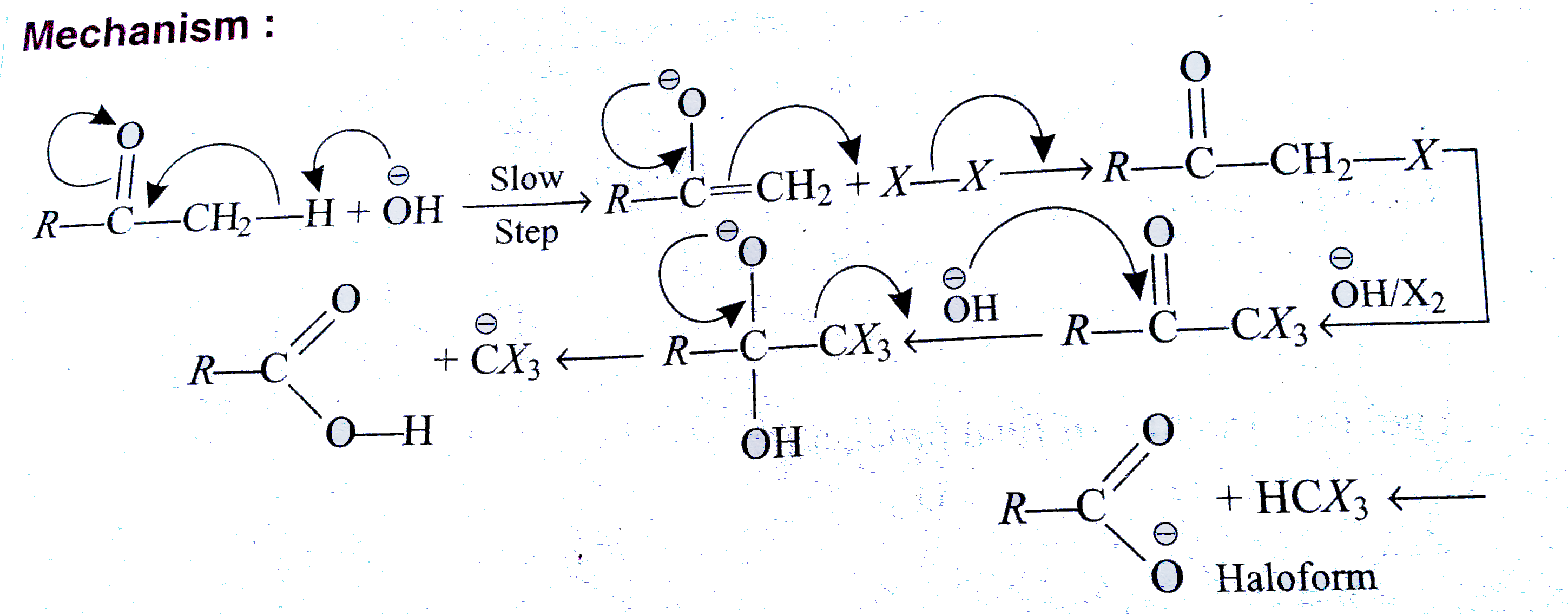Given below is a reaction catalysed by enzyme Z.
X∣C−Y∣CZ−−→X−Y+C=C
Choose the correct option with respect to the category of enzyme Z.
Oxidoreductases
Transferases
Lyases
Hydrolases
The correct Answer is:C
To determine the category of enzyme Z in the given reaction, we need to analyze the reaction and the roles of different types of enzymes.
1. Identify the Reaction: The reaction provided is:
X|C−Y|CZ→X−Y+C=C
This indicates that enzyme Z is catalyzing a reaction where a group (X-Y) is removed from a substrate (C-C) to form a double bond (C=C).
2. Understand Enzyme Categories: Enzymes are classified into six main categories:
- Oxidoreductases: Catalyze oxidation-reduction reactions.
- Transferases: Transfer functional groups from one molecule to another.
- Hydrolases: Catalyze hydrolysis reactions, breaking bonds by adding water.
- Lyases: Remove groups from substrates to form double bonds or add groups to double bonds.
3. Analyze the Reaction Type: In the given reaction, we see that:
- A group (X-Y) is being removed.
- A double bond (C=C) is formed as a result of this removal.
4. Determine the Enzyme Category: Since the reaction involves the removal of a group and the formation of a double bond, it fits the definition of a lyase. Lyases are known for their ability to remove groups from substrates without hydrolysis, leading to the formation of double bonds.
5. Select the Correct Option: Based on the analysis, the correct category for enzyme Z is:
- C. Lyase
Final Answer:
The correct option with respect to the category of enzyme Z is C. Lyase.
X|C−Y|CZ→X−Y+C=C
This indicates that enzyme Z is catalyzing a reaction where a group (X-Y) is removed from a substrate (C-C) to form a double bond (C=C).
- Oxidoreductases: Catalyze oxidation-reduction reactions.
- Transferases: Transfer functional groups from one molecule to another.
- Hydrolases: Catalyze hydrolysis reactions, breaking bonds by adding water.
- Lyases: Remove groups from substrates to form double bonds or add groups to double bonds.
- A group (X-Y) is being removed.
- A double bond (C=C) is formed as a result of this removal.
- C. Lyase
The correct option with respect to the category of enzyme Z is C. Lyase.
Topper's Solved these Questions
Similar Questions
Knowledge Check
X∣C−Y∣C→X−Y+C=C
Which type of enzyme is used for the above reaction :ATransferaseBLyaseCLigaseDOxidoreductaseR−O∣∣C−Cl+Z→R−O∣∣C−R
The reagent Z is :AR2CuLiBR2CdC(Ph3P)3RhClDH2−Pd/BaSO4For the given conversion : Me−O∣∣C−OH→Me−O∣∣C−H
Suitable options are :AReduction by LiAIH4BReaction with SOCl2 followed by H2/Pd−BaSO4CCatalytic reduction by H2/NiDReaction with PCl5 followed by DiBAL-H
C2H4Br2−−→XKCN−−→Y,Y is
View SolutionWhich of the following reagents can be used for the given reaction ?
R−O∣∣C−H→R−O∣∣C−D
View SolutionIn the given reaction:
C6H5−O∣∣C−HNH2OH/He−−−−−−−→ [x], [x] will be ,
View SolutionCompound having −O∣∣C−CH3 group reacts rapidly with halogen in presence of a base to form haloform . The reaction is known as haloform. R−O∣∣C−CH3X2+ӨOH−−−−→R−O∣∣C−ӨO+CHX3
Mechanism :

Consider the following reactions :
Reaction I →Ph−O∣∣C−CH3Cl2,ӨOH−−−−→Ph−O∣∣C−ӨO+CHCl3
Reaction II →Ph−O∣∣C−CD3Cl2ӨOH−−−→,Ph−O∣∣C−ӨO+CDCl3
Which of the following is correct comparison of the rate of reaction I and II ?
View SolutionObserve the following reaction : Ar−C−HOH−⇐=⇒[X]Ar−O∣∣C−H⇐====⇒[Y]+[Z]H+⇔Y1+Z1
In step -3 if Y transfers H− ion to Z, then Y' and Z' are respectively :
View Solution